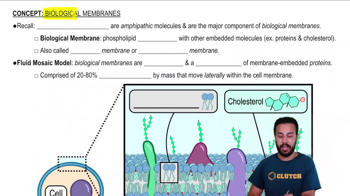Match the bone markings listed on the right with their function listed on the left.
1. Attachment site for muscle or ligament
2. Forms a joint surface
3. Passageway for vessels or nerves
a. Trochanter
 Verified step by step guidance
Verified step by step guidance Verified video answer for a similar problem:
Verified video answer for a similar problem:



 4:4m
4:4mMaster Bones of the Thigh and Leg with a bite sized video explanation from Bruce Bryan
Start learning